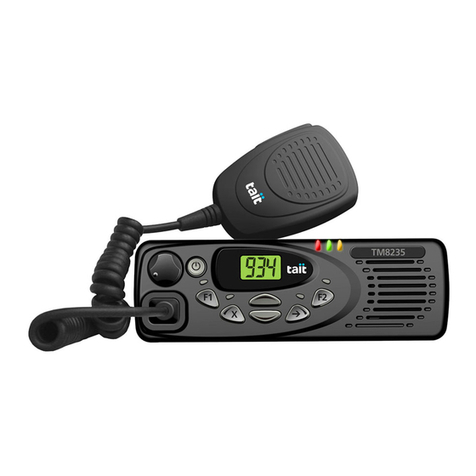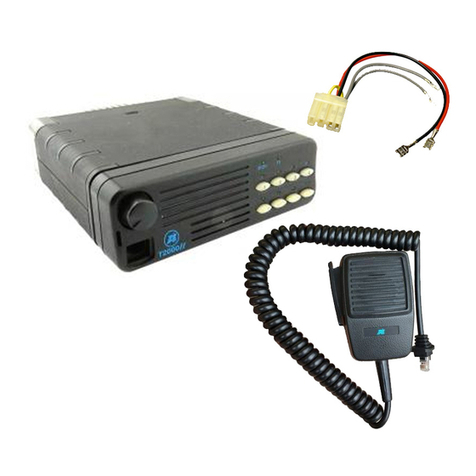Tait TM9356 User manual
Other Tait Radio manuals
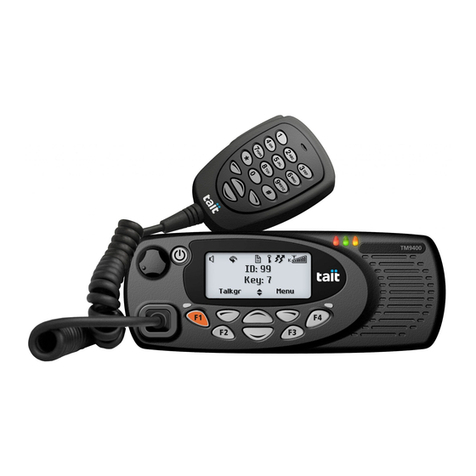
Tait
Tait TM9400 User manual
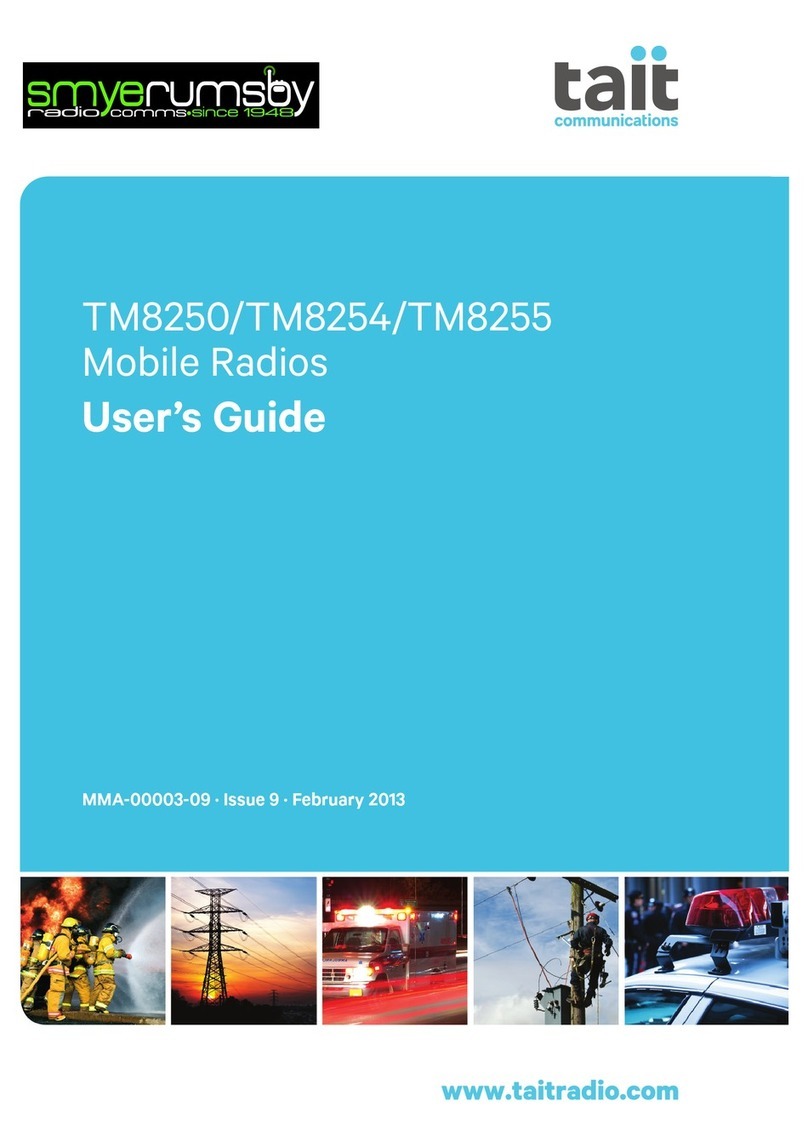
Tait
Tait TM8250 User manual

Tait
Tait t2020 Installation and operating instructions
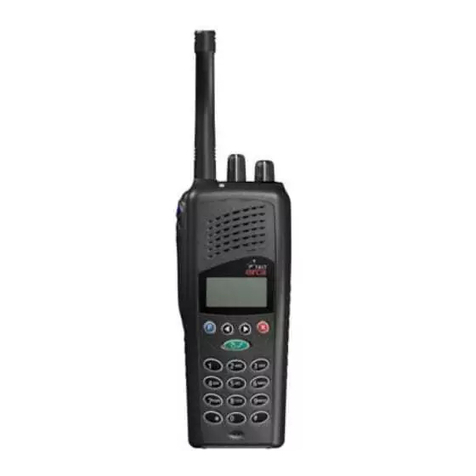
Tait
Tait Orca 5020 User manual

Tait
Tait TM8260 User manual
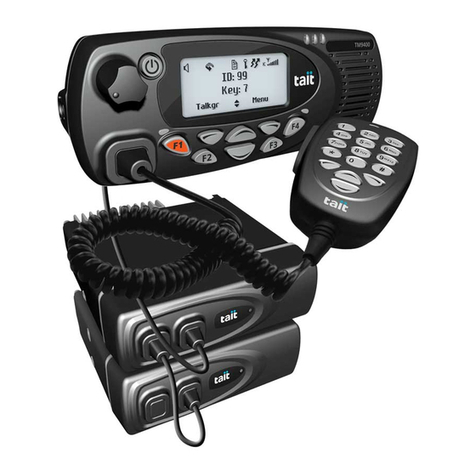
Tait
Tait TM9456 Installation guide
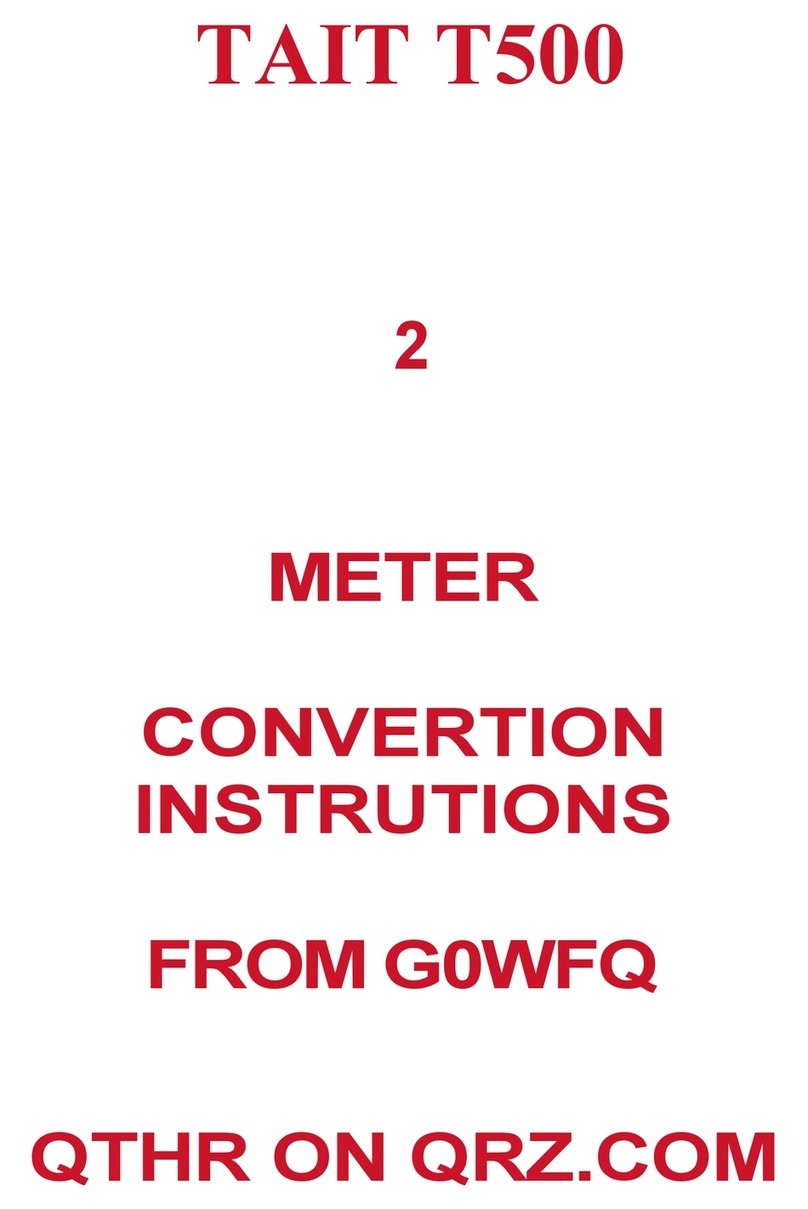
Tait
Tait T500 User manual
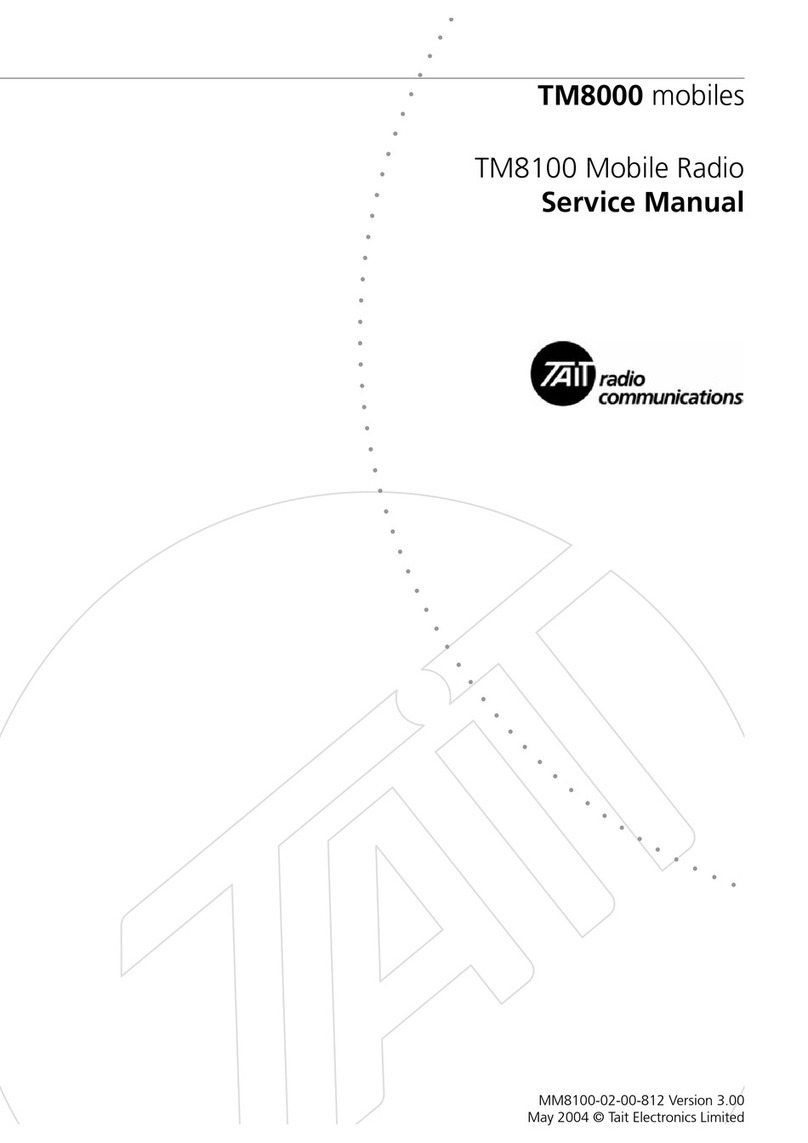
Tait
Tait TM8000 Series User manual
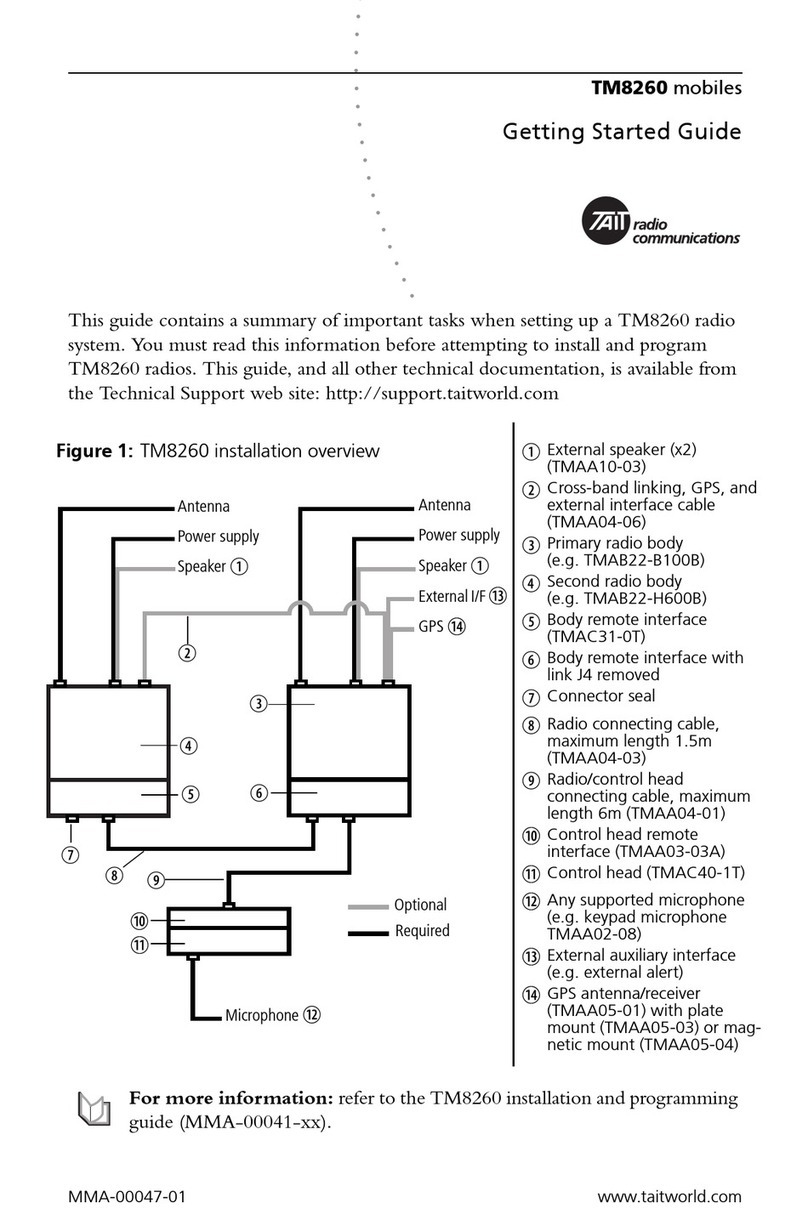
Tait
Tait TM8260 User manual
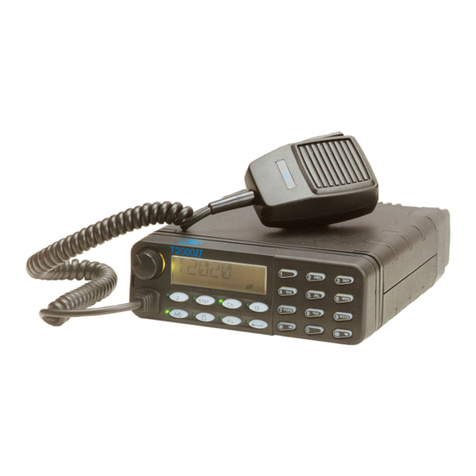
Tait
Tait t2020 User manual

Tait
Tait TM8200 mobiles User manual
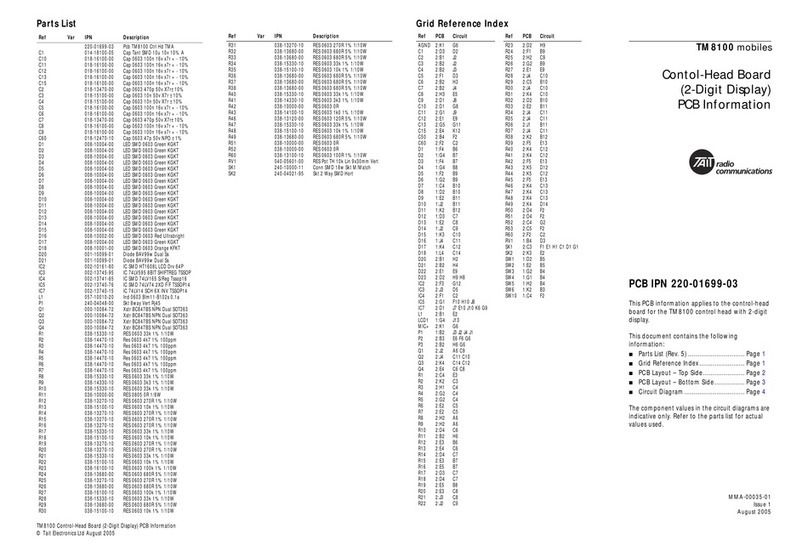
Tait
Tait TM8100 mobiles Quick start guide

Tait
Tait TM8260 Installation guide
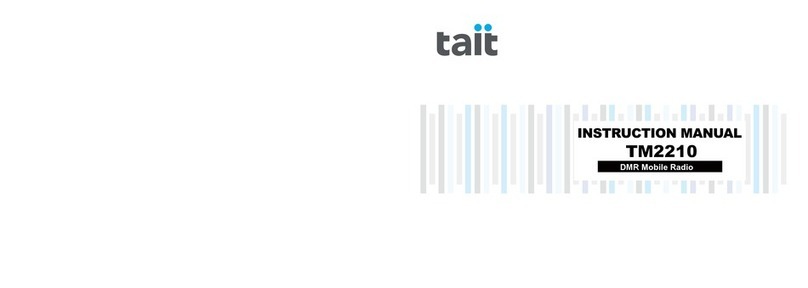
Tait
Tait TM2210 User manual
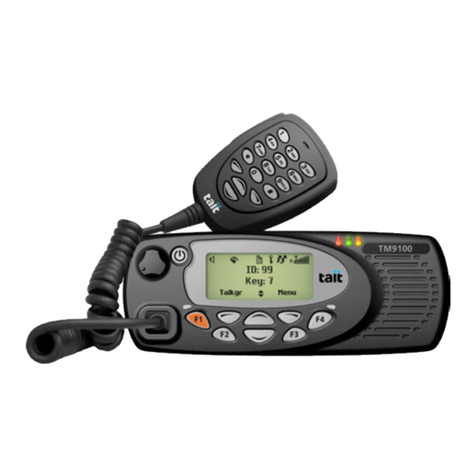
Tait
Tait TM9100 User manual
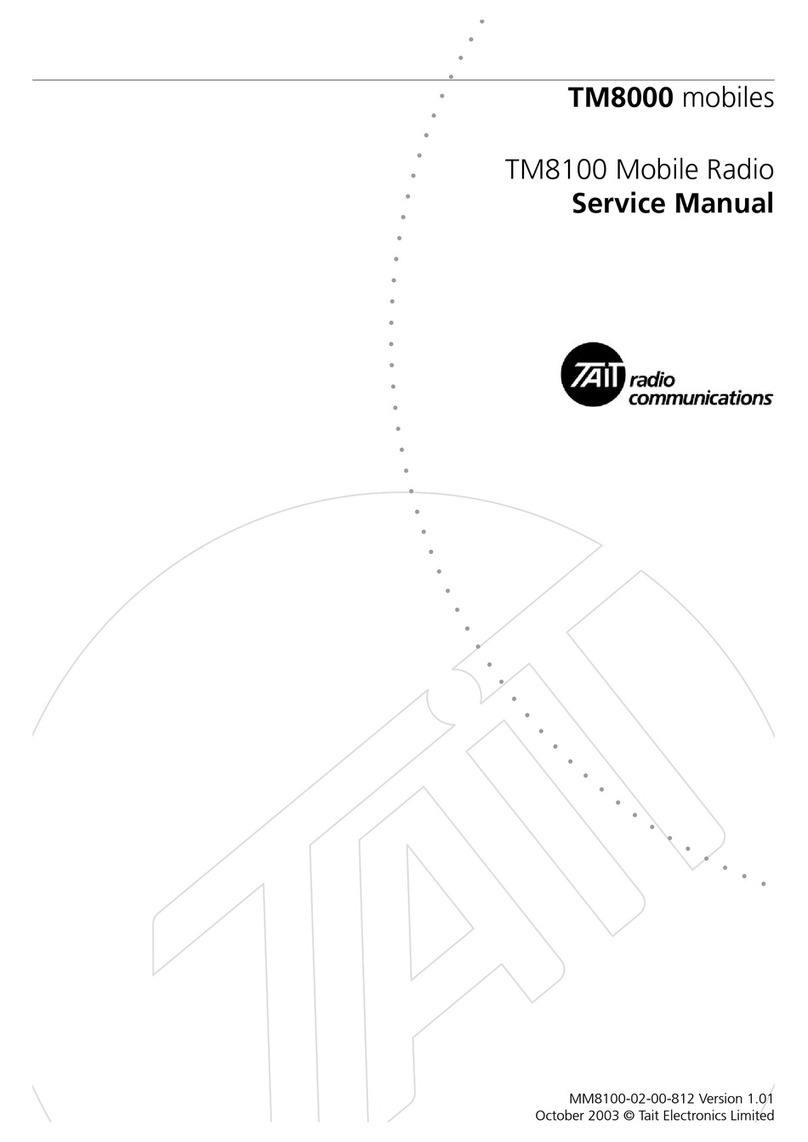
Tait
Tait TM8000 Series User manual
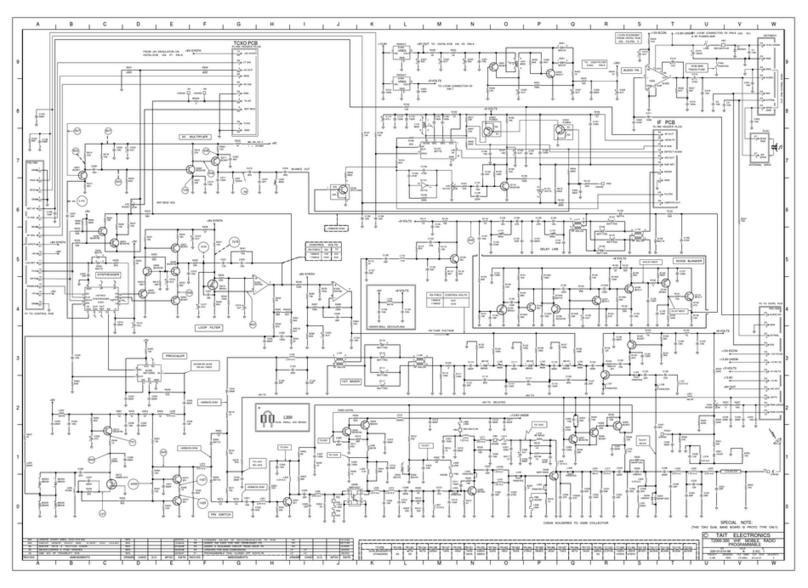
Tait
Tait T2000-300 Quick start guide
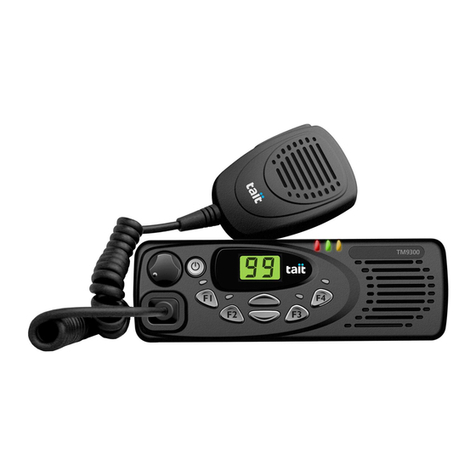
Tait
Tait TM9315 User manual

Tait
Tait TM9480 User manual
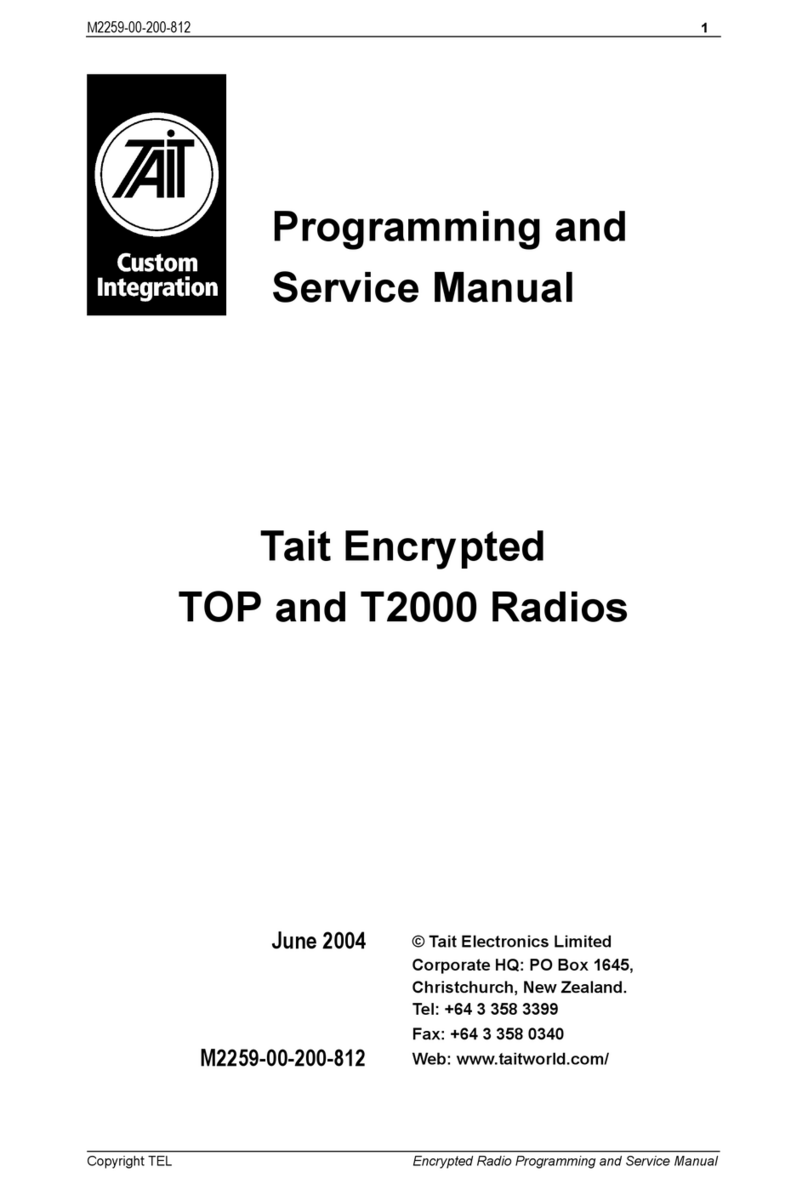
Tait
Tait TOP User manual
